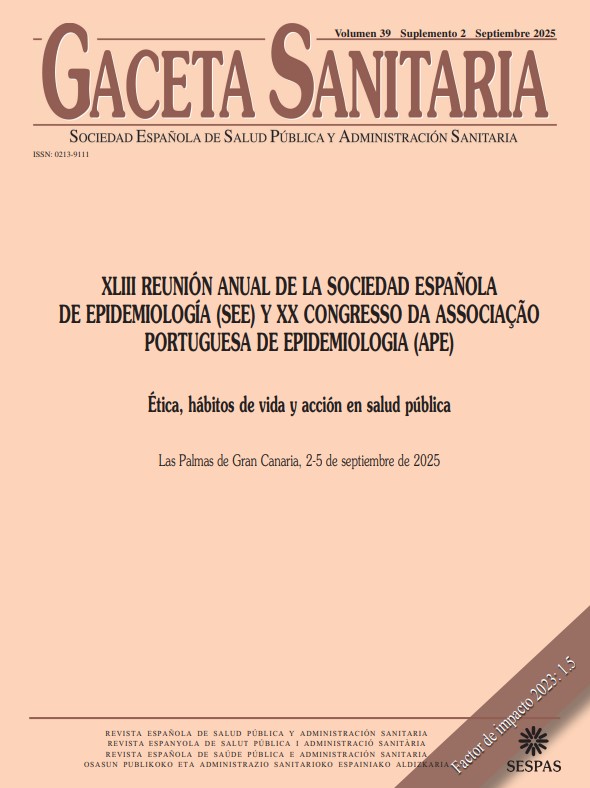821 - ENHANCING VACCINE SAFETY: DEVELOPING CASE DEFINITIONS TO IMPROVE DETECTION OF DISEASE FLARE-UPS
Fundació Institut Universitari per a la Recerca a l'Atenció Primària de Salut Jordi Gol i Gurina; Department of Data science & Biostatistics, UMC Utrecht; Teamit Institute.
Background/Objectives: Accurately detecting autoimmune disease flare-ups is vital for assessing vaccine safety in post-authorization surveillance. Flare-ups reflect immune imbalances potentially influenced by interventions like vaccines. As part of the SAFETY-VAC initiative, this study develops flare-up case definitions supported by algorithms that integrate key information from data sources –including diagnostics, medication use, laboratory results, and imaging data– to improve detection accuracy. This activity aimed to develop robust flare-up case definitions for 10 immunological diseases, designed specifically for application in electronic health record (EHR) data sources (secondary health data). These definitions rely on algorithms integrating key clinical and pharmacological data.
Methods: A structured process was followed to create flare-up case definitions. First, definitions were developed based on international guidelines (e.g., Brighton Collaboration where available) and refined through expert consensus, literature reviews, and iterative discussions in weekly working group meetings with six health and data professionals from the VAC4EU network. Next, flare-up detection algorithms were designed for application in EHR data sources. These algorithms integrate clinical and pharmacological criteria, such as disease worsening, new symptoms, lab and imaging findings, hospitalizations, and medication changes. Diagnoses code lists were also created and mapped to multiple medical dictionaries to ensure compatibility across healthcare datasets. Finally, the algorithms underwent expert clinical and pharmacoepidemiologic review to ensure their accuracy, reliability, and applicability in EHR-based healthcare data sources.
Results: Flare-up case definitions for 10 immunological diseases were developed, incorporating detection algorithms that integrate key clinical and pharmacological variables. Medication changes –such as dosage adjustments, new prescriptions, or regimen modifications– played a crucial role in identifying flare-ups. Standardizing these definitions and algorithms enhances their applicability across different EHR data sources, supporting vaccine safety studies. Next steps include validation in real-world data (RWD) and establishing structured data linkage.
Conclusions/Recommendations: Standardized flare-up definitions enhance detection in EHR data, supporting real-time vaccine safety monitoring. Future research should validate these algorithms in RWD, refine integration into surveillance systems, and formalize study protocols for broader applicability.
Funding: EMA under the Framework service contract nr EMA/2020/46/TDA/L5.06.















